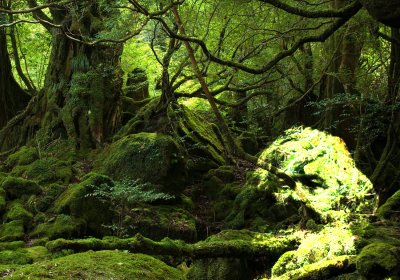Empire of the Tsars: Romanov Russia
Three part series presented by Lucy Worsley
Available on SBS On Demand until October 10
This three-part series examines the history of Russia’s most famous royal family, the Romanovs. This is a useful introduction to a topic for those wanting to know more about the conditions that led to the 1917 Russian Revolution.
The Romanovs rose to power in 1613 after the collapse of the previous Rurik dynasty that ruled Russia for 700 years. The tsars were absolute monarchs with enormous power.











